The Lecturette is typically the final task on Day 1 of the Group Testing Officer (GTO) series in the SSB (Services Selection Board) interview process. Despite often being referred to as an “outdoor” task, it is actually conducted indoors and requires each candidate to deliver a short, structured talk in English for three minutes. This is often considered one of the most exhausting tasks because it takes place at the end of a long day of GTO activities, testing both your mental alertness and communication skills under pressure.
In this article, we will discuss five essential tips to help you excel in the Lecturette. We will also incorporate important guidelines about topic selection, structuring your content, and presenting yourself confidently—elements that are crucial to leave a positive and lasting impression on the GTO and your group members.
1. Understand the Format and Prepare Accordingly
Before you begin, the GTO will offer you a chit with four topics:
- The topmost topic is usually the most difficult.
- The next two are moderately difficult or easier.
- The last one is typically the easiest of the four.
You have one minute to choose and mentally prepare for your selected topic. You are advised to pick either the second or third topic if you are not fully confident about the first (most difficult) or last (easiest) topics. Make sure you understand the format:
- You will deliver your lecture for 3 minutes in English.
- You should give a quick outline in your mind about what you will say (introduction, main points, conclusion).
Key Preparation Pointers
- Have a “back-up” topic ready. If you find the given topics impossible to speak on, you can request permission from the GTO to speak on a prepared topic of your choice (though this is not commonly done, it is still an option).
- Use your one-minute preparation time wisely. Structure your thoughts around a clear beginning, middle, and end.
2. Structure Your Lecture with Clarity
A well-structured talk is easier to follow and showcases your organizational skills. Consider this simple approach when planning your three-minute speech:
- Introduction (30-40 seconds):
- Briefly define or introduce the topic.
- Mention why it is relevant or important.
- Body (1.5-2 minutes):
- Cause and Nature of the Topic: Explain the background, how the issue or subject came to be, and its impact on society or individuals.
- Positive and Negative Aspects: Provide a balanced view by highlighting both sides.
- Examples or Anecdotes: Strengthen your points with short real-life examples or data if you have any.
- Conclusion (20-30 seconds):
- Summarize your main points.
- Give a final thought or way forward.
This structure ensures you present your arguments logically and cover all important facets within the tight three-minute window.
3. Practice Your Introduction and Body Language
Just before the Lecturette, the GTO typically asks each candidate to introduce themselves in 45 seconds, covering:
- Name
- Father’s name and occupation
- Family background
- Schooling and educational details
- Current occupation or what you are doing
- Where you are from
- Hobbies
How to Deliver a Strong Introduction
- Speak clearly and fluently without stumbling.
- Maintain a calm yet confident posture—sit straight and avoid slouching.
- Make limited, controlled hand gestures; do not flail your arms or fidget.
- Look at your fellow candidates instead of staring at the GTO.
Body Language Tips During the Lecturette
- Maintain steady eye contact with your group members (not the GTO). This creates a sense of engagement and confidence.
- Keep your facial expressions composed and friendly—avoid looking tense or panicky.
- Do not read from notes or rely on them heavily; speak naturally and spontaneously.
4. Manage Your Time and Stay Composed
Time management is crucial in the Lecturette. You only have 3 minutes to speak. You want to ensure that you do not run out of time before concluding properly, but neither should you finish too early without adequately addressing the topic.
Effective Time Management Strategies
- Practice timed speaking at home. Pick a random topic, set a stopwatch for three minutes, and see how you naturally pace your ideas.
- In your one-minute preparation, allot approximate chunks of time for the introduction, body, and conclusion.
- Keep an eye on the GTO or any signal that indicates time progression. Do not get flustered if you are running short—wrap up succinctly.
Staying composed also means smiling slightly, avoiding panic if you momentarily blank out, and quickly refocusing on your key points.
5. Demonstrate Confidence and Knowledge
The Lecturette not only assesses your communication skills but also your overall personality, confidence, and presence of mind under stress. Demonstrating genuine interest and knowledge about your chosen topic can set you apart.
- Speak with conviction: Even if you are unsure, present your points with clarity and self-assurance.
- Show balanced viewpoints: Offer both positive and negative perspectives or advantages and disadvantages. This displays maturity and depth of thinking.
- Invite engagement (non-verbally): Though it is not an interactive session, looking at your teammates will help you stay connected and appear more approachable.
Remember that the GTO and your peers are observing how you handle this short, intense speaking task. Maintaining composure and delivering a coherent talk reflect your leadership qualities and suitability for the Armed Forces.
Additional Reminders
- Avoid excessive hand gestures: A few natural movements are fine, but overdoing it can be distracting.
- No sudden movements or fidgeting: This can show nervousness. Keep your posture upright and confident.
- Fluency over fancy vocabulary: Use words you are comfortable with to avoid stumbling.
- Keep a backup topic ready in case none of the given choices suit you. Seek permission if you decide to use your own topic.
- Practice with new Lecturette topics and watch relevant videos or previous SSB lecturettes to get familiar with the format.
The Lecturette in the SSB interview is an excellent chance to showcase your thinking, organizational skills, and confidence under time constraints. By carefully selecting a topic you can handle, structuring your talk with a clear beginning, middle, and end, managing your time, and maintaining a confident demeanor, you significantly enhance your chances of making a strong impression on both the GTO and your fellow candidates.
Remember: This is the last task on a long, tiring day of GTO tests, but it is also your opportunity to leave the board with a memorable demonstration of your communication and leadership potential. Keep practicing with different topics, refine your introduction, stay calm, and you will surely ace your Lecturette round.
Also Read

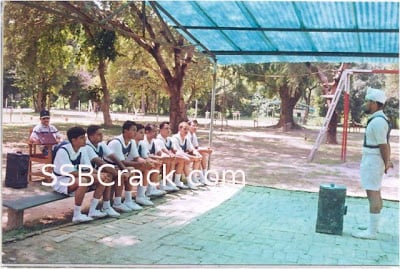

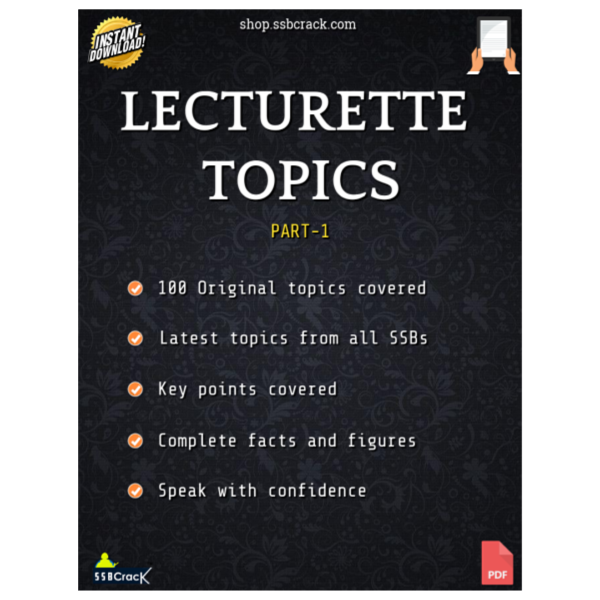
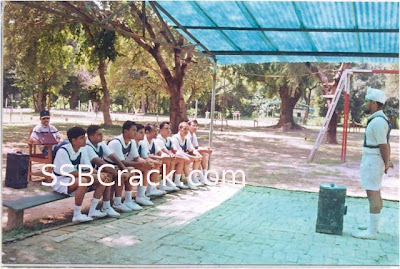
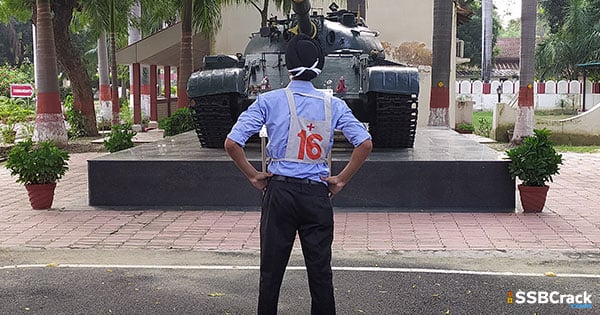
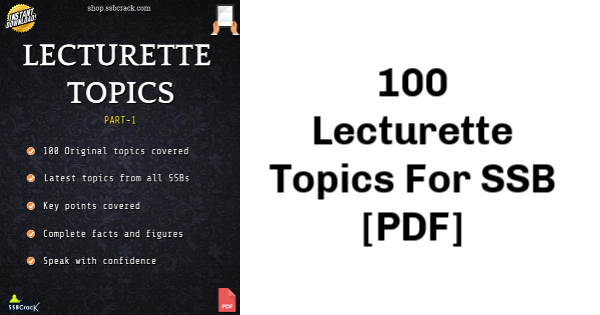


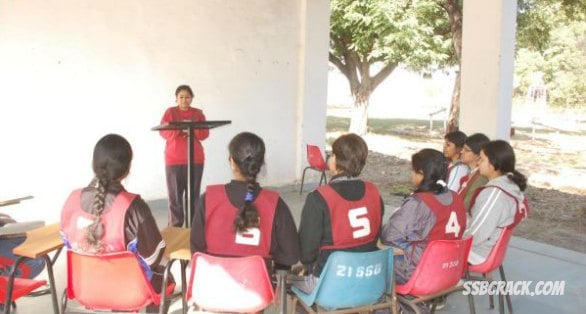
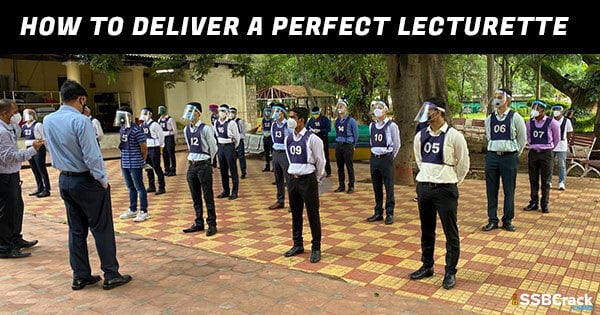





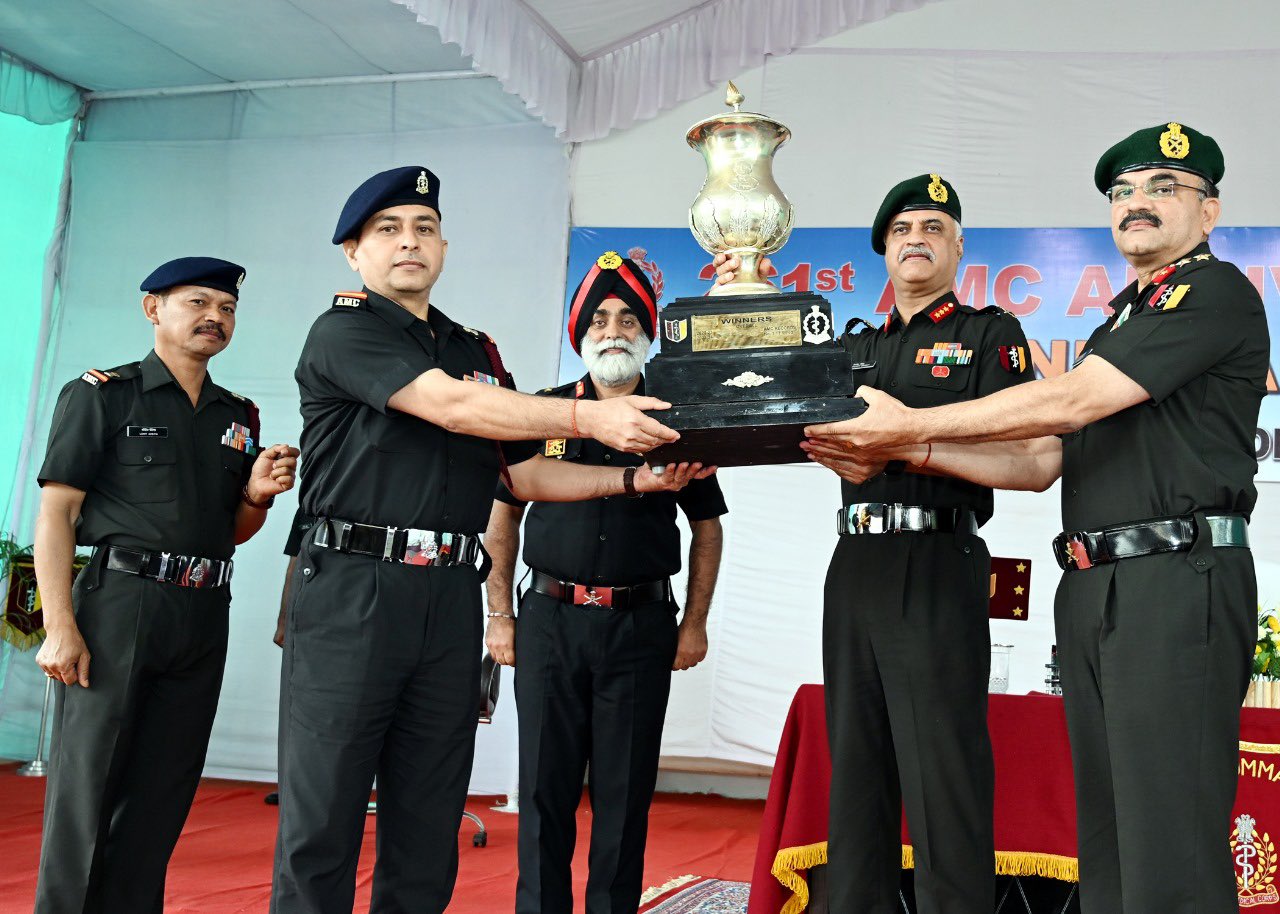




Could you please elaborate on the Family Background part of the Introduction. I’m unable to make sense of what is to be said for that.
This comment has been removed by the author.
tahnx sir for this valuable information
thanx alot..:):)
Thank you all 🙂
thanks a ton for this information 🙂
🙂 good one..!!
Awesome…surely help us…